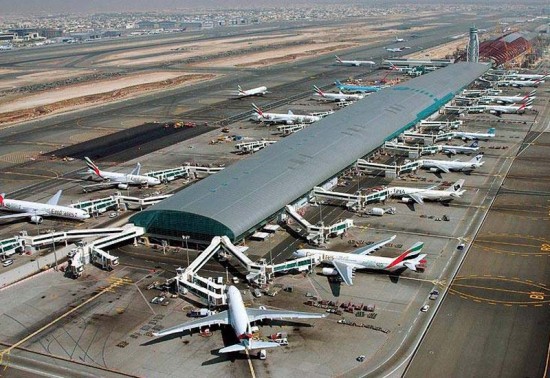Stamp: Force insignia and Fort Bell and Kindley Field (Bermuda 1995)
Force insignia and Fort Bell and Kindley Field (Bermuda 1995)
04 December (Bermuda ) within release Military Bases goes into circulation Stamp Force insignia and Fort Bell and Kindley Field face value 60 Bermudian cent
| Stamp Force insignia and Fort Bell and Kindley Field in catalogues | |
|---|---|
| Stamp Number: | Sn:BM 705 |
Stamp is square format.
Also in the issue Military Bases:
- Stamp - Force insignia and Ordnance Island Submarine Base face value 20;
- Stamp - Force insignia and Royal Naval Dockyard face value 25;
- Stamp - Force insignia and Fort Bell and Kindley Field face value 60;
- Stamp - Force insignia and Darrell's Island face value 75;
- Stamp - Force insignia and US Navy Operating Base face value 90;
- Stamp - Force insignia and Canadian Forces Station, Daniel's Head face value 1;
Stamp Force insignia and Fort Bell and Kindley Field it reflects the thematic directions:
An airport is an aerodrome with extended facilities, mostly for commercial air transport. Airports usually consist of a landing area, which comprises an aerially accessible open space including at least one operationally active surface such as a runway for a plane to take off and to land or a helipad
Aviation is the practical aspect or art of aeronautics, being the design, development, production, operation and use of aircraft, especially heavier than air aircraft. The word aviation was coined by French writer and former naval officer Gabriel La Landelle in 1863, from the verb avier (synonymous flying), itself derived from the Latin word avis ("bird") and the suffix -ation.
An air force, also known in some countries as an aerospace force or air army, is in the broadest sense, the national military branch that primarily conducts aerial warfare. More specifically, it is the branch of a nation's armed services that is responsible for aerial warfare as distinct from an army, navy, or a marine corps. Typically, air forces are responsible for gaining control of the air, carrying out strategic and tactical bombing missions, and providing support to land and naval forces.
The term "air force" may also refer to a tactical air force or numbered air force, which is an operational formation either within a national air force or comprising several air components from allied nations. Air forces typically consist of a combination of fighters, bombers, helicopters, transport planes and other aircraft.
Many air forces are also responsible for operations of the military space, intercontinental ballistic missiles (ICBM), and communications equipment. Some air forces may command and control other air defence assets such as anti-aircraft artillery, surface-to-air missiles, or anti-ballistic missile warning networks and defensive systems. Some nations, principally Russia, the former Soviet Union and countries who modelled their militaries along Soviet lines, have or had an air defence force which is organizationally separate from their air force.
Peace-time/non-wartime activities of air forces may include air policing and air-sea rescue.
Air forces are not just composed of pilots, but also rely on a significant amount of support from other personnel to operate. Logistics, security, intelligence, special operations, cyber space support, maintenance, weapons loaders, and many other specialties are required by all air forces.
An aircraft is a machine that is able to fly by gaining support from the air. It counters the force of gravity by using either static lift or by using the dynamic lift of an airfoil, or in a few cases the downward thrust from jet engines. The human activity that surrounds aircraft is called aviation. Crewed aircraft are flown by an onboard pilot, but unmanned aerial vehicles may be remotely controlled or self-controlled by onboard computers. Aircraft may be classified by different criteria, such as lift type, aircraft propulsion, usage and others.




